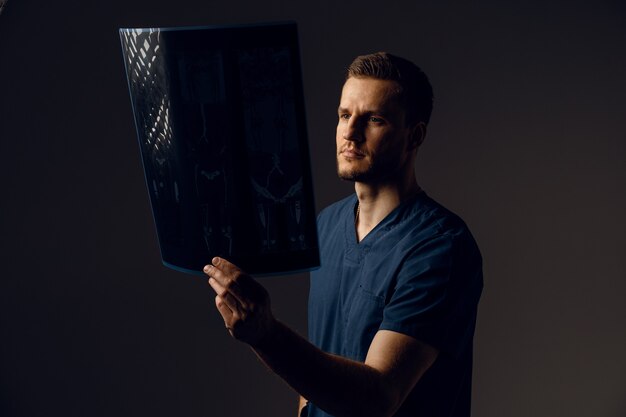How to Become a Radiologist: Essential Degrees and Certifications
Becoming a radiologist is a journey that requires dedication, education, and expertise in medical imaging. Essential to this career path are a series of academic and professional milestones. First, aspiring radiologists must earn a bachelor's degree, often in a pre-medical field like biology or chemistry—an essential foundation for medical school. Following undergraduate studies, one must obtain a Doctor of Medicine (MD) or Doctor of Osteopathic Medicine (DO) degree, typically a commitment of four years where students gain comprehensive medical knowledge.
Post-medical school, the pathway continues with a four-year residency in radiology, which offers hands-on experience in diagnosing and treating patients using imaging technology. To enhance their expertise, many radiologists pursue a fellowship in a subspecialty area such as interventional radiology or pediatric radiology. Crucially, passing the United States Medical Licensing Examination (USMLE) or the Comprehensive Osteopathic Medical Licensing Examination (COMLEX-USA) is mandatory to practice. Additionally, obtaining certification from the American Board of Radiology (ABR) can bolster credibility and career prospects in this dynamic field.
Key Steps and Credentials to Become a Radiologist:
- 🎓 Bachelor’s Degree: Pre-medical focus in biology, chemistry, or a related field.
- 🏥 Medical Degree (MD or DO): Four years of medical school.
- 📚 Radiology Residency: Four years of specialized training.
- 🔍 Fellowship: Optional one-year specialization, such as interventional radiology.
- 👨⚕️ Licensing Exams: USMLE or COMLEX-USA for medical practice.
- 📜 Board Certification: American Board of Radiology.
These structured educational and licensing pathways not only ensure a comprehensive understanding of radiological practices but also prepare individuals to thrive in a field that constantly evolves with technological advancements.
